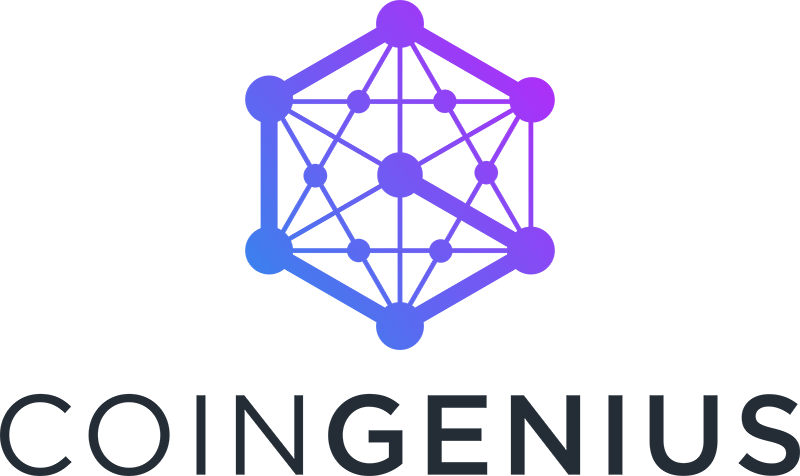The Bitcoin halving, which cuts the reward miners receive for adding new coins to the blockchain by one-half, is a crucial aspect of BTC’s deflationary design and affects the broader cryptocurrency market, presenting both opportunities and challenges. The latest halving, which happened in April, reduced the reward from 6.25 to 3.125 BTC.
Following the halving, miners experienced a decrease in profit margins. Given the current price of Bitcoin at approximately $68,800, the value of the block reward is around $215,000. This is slightly higher than the value before the halving, when Bitcoin traded closer to $60,000, making the reward worth under $200,000.
Manthan Dave, cofounder of the cryptocurrency custody platform Palisade, which is supported by Ripple, noted that the lower incentives could cause smaller miners to merge or go out of business. In this case, mining would be dominated by a smaller number of larger corporations, which could result in more centralization of the BTC network.
To remain profitable after the halving, miners need BTC prices to stay high to offset the substantial energy costs involved in mining. High prices could attract new miners and motivate existing ones to expand and improve energy efficiency. Conversely, a drop in BTC prices results in less-efficient miners, losses and market exits.
As of last week, the price of BTC was approximately $68,804, while the average cost of mining was $78,115, according to MacroMicro data. Given that the average cost-to-price ratio was 1.14, this suggests that many miners were making a loss on their operations. A CoinShare poll indicates that some less successful mining companies may close, while others would move to regions with less expensive electricity.
The halving also intensifies competition among miners as they compete for fewer rewards. Those with more cost-effective operations, economies of scale or affordable energy have a competitive advantage over others. This increased competition pressures less-efficient miners to improve their operations or exit the market.
Dave says that miners impacted by such competition would not completely quit the industry; instead, they might concentrate on mining other cryptos.
Whenever profit margins shrink, some mining operators shut down or adjust, impacting BTC’s network hashrate, or the total power used to mine and process BTC transactions. Blockchain.com reports the current hashrate at 612.99 EH/s, which is marginally less than the seven-day moving average in April of 629.75 EH/s. CoinShare predicts the hashrate could reach 700 EH/s by next year.
To streamline operations, miners may employ jurisdictional arbitrage, a tactic of using regional variations in costs and regulations. Miners can concentrate in areas with favorable rules and cheap electricity costs after the halving. For instance, some areas, such as Ethiopia, Texas and Kazakhstan, have seen an influx of mining operations due to affordable electricity and favorable regulatory environments.
Additionally, diversification could become a key strategy for miners facing halving pressures. This could involve branching into other cryptos or incorporating new revenue streams such as providing cloud-mining services or repurposing the extra mining heat for other uses. For example, Texas-based company Lancium has dabbled in renewable-energy initiatives, turning extra energy into BTC, while Bitfarms is investigating vertical integration, ranging from hardware manufacturing to specialized energy facilities.
Bitcoin spot ETFs could also significantly influence Bitcoin dynamics by offering a new investment avenue and attracting institutional investors. This could stabilize the market, reduce volatility, and improve prices and profit margins for miners.
Another notable development post-halving is the introduction of the Runes protocol on the BTC network. Coinciding with the fourth halving, Runes creates fungible tokens using BTC’s block space more effectively than the BRC-20 protocol. Miners collectively received fees worth 2,253 BTC in the first two weeks after launch, thanks to the temporary rise in transaction volume. However, Dune Analytics data later on indicated a drop in Runes transactions.
Forecasting the course of BTC’s price after halving requires taking several market trends and factors into account. In previous halving events, the BTC’s price has surged dramatically because of increased demand and reduced supply. However, the market is currently facing challenges such as macroeconomic variables and changing regulatory frameworks. Industry insiders have differing opinions on what the future holds for BTC, from potential hazards such as regulatory crackdowns to sustained development spurred by acceptance and technological breakthroughs.
Despite these challenges, the long-term outlook for BTC and the mining environment remains positive, with experts such as Dave predicting that BTC’s price will be close to $100,000 by 2025. Companies such as Riot Blockchain Inc. (NASDAQ: RIOT) will be hoping that the current crypto rally gains momentum so that the net rewards from mining activities can not only offset the mining costs but also give miners a profit.
About CryptoCurrencyWire
CryptoCurrencyWire (“CCW”) is a specialized communications platform with a focus on blockchain and the cryptocurrency sector. It is one of 60+ brands within the Dynamic Brand Portfolio @ IBN that delivers: (1) access to a vast network of wire solutions via InvestorWire to efficiently and effectively reach a myriad of target markets, demographics and diverse industries; (2) article and editorial syndication to 5,000+ outlets; (3) enhanced press release enhancement to ensure maximum impact; (4) social media distribution via IBN to millions of social media followers; and (5) a full array of tailored corporate communications solutions. With broad reach and a seasoned team of contributing journalists and writers, CCW is uniquely positioned to best serve private and public companies that want to reach a wide audience of investors, influencers, consumers, journalists and the general public. By cutting through the overload of information in today’s market, CCW brings its clients unparalleled recognition and brand awareness. CCW is where breaking news, insightful content and actionable information converge.
To receive SMS alerts from CryptoCurrencyWire, text “CRYPTO” to 888-902-4192 (U.S. Mobile Phones Only)
For more information, please visit https://www.CryptoCurrencyWire.com
Please see full terms of use and disclaimers on the CryptoCurrencyWire website applicable to all content provided by CCW, wherever published or re-published: https://www.CryptoCurrencyWire.com/Disclaimer
CryptoCurrencyWire
New York, NY
www.CryptoCurrencyWire.com
212.994.9818 Office
Editor@CryptoCurrencyWire.com
CryptoCurrencyWire is powered by IBN
























